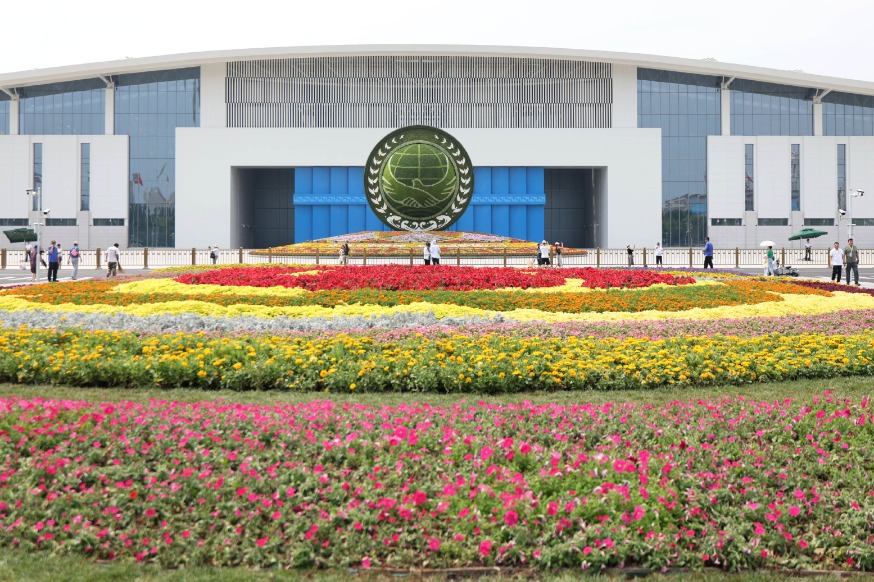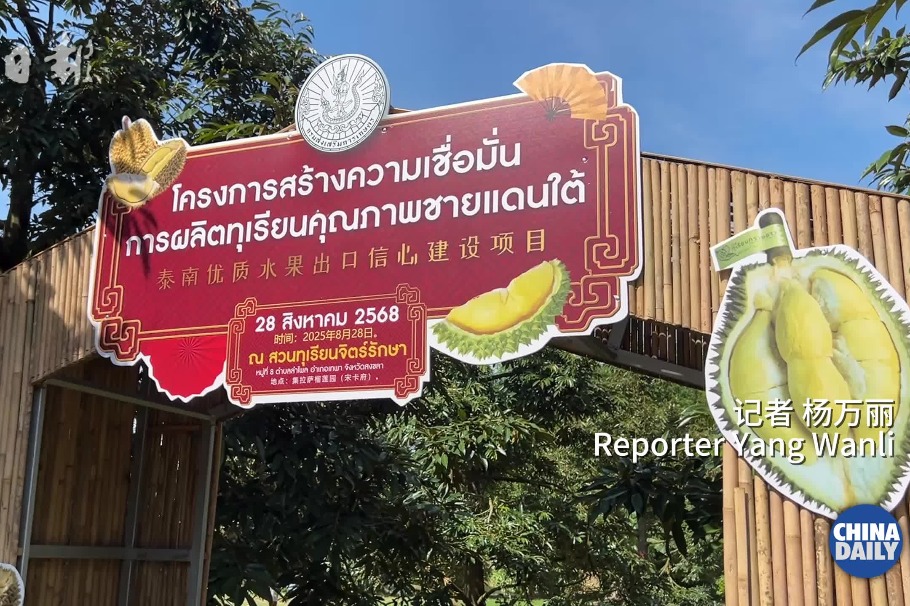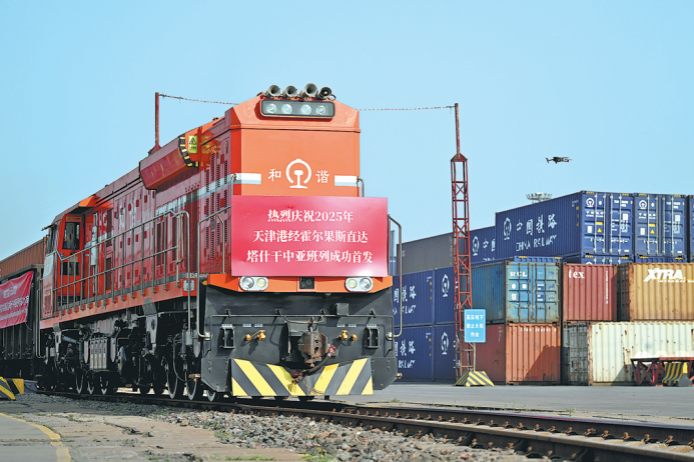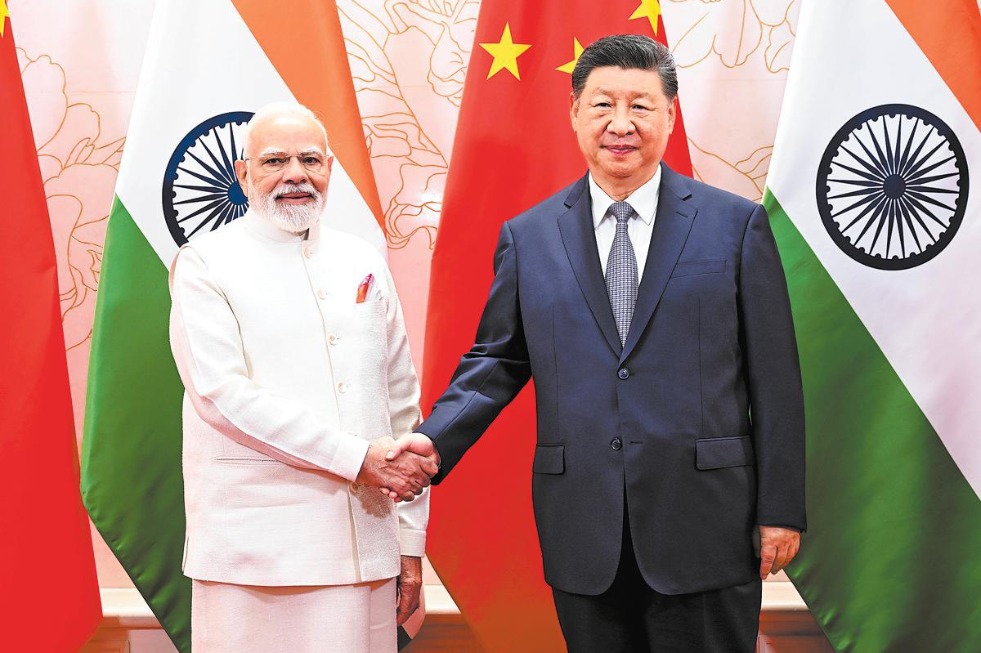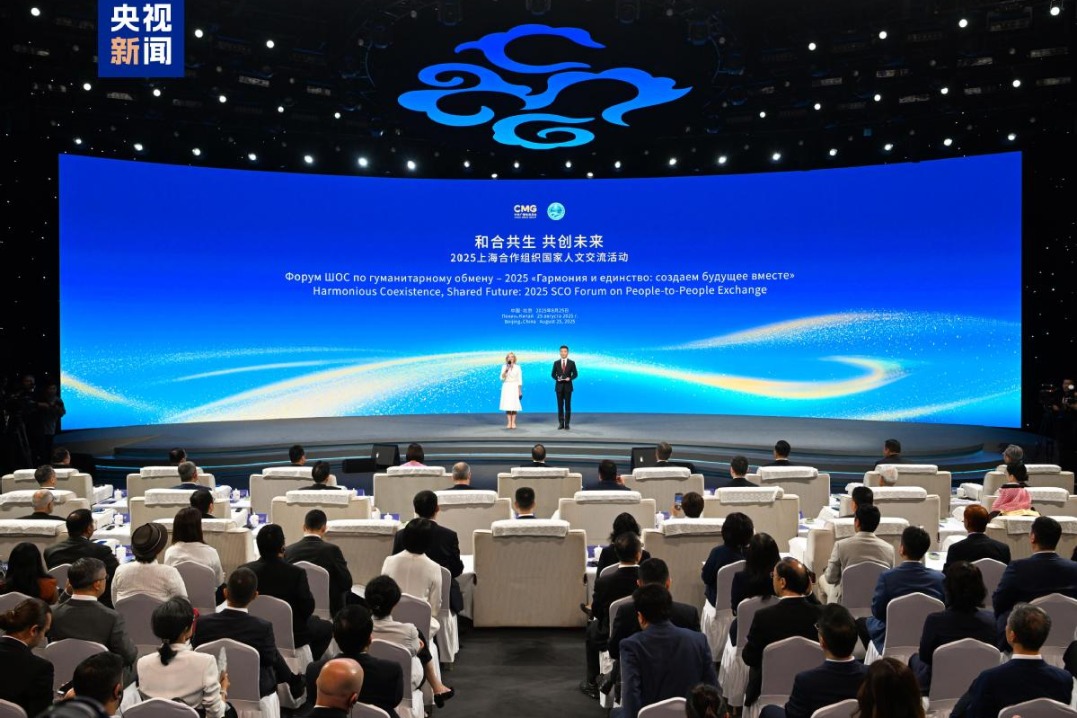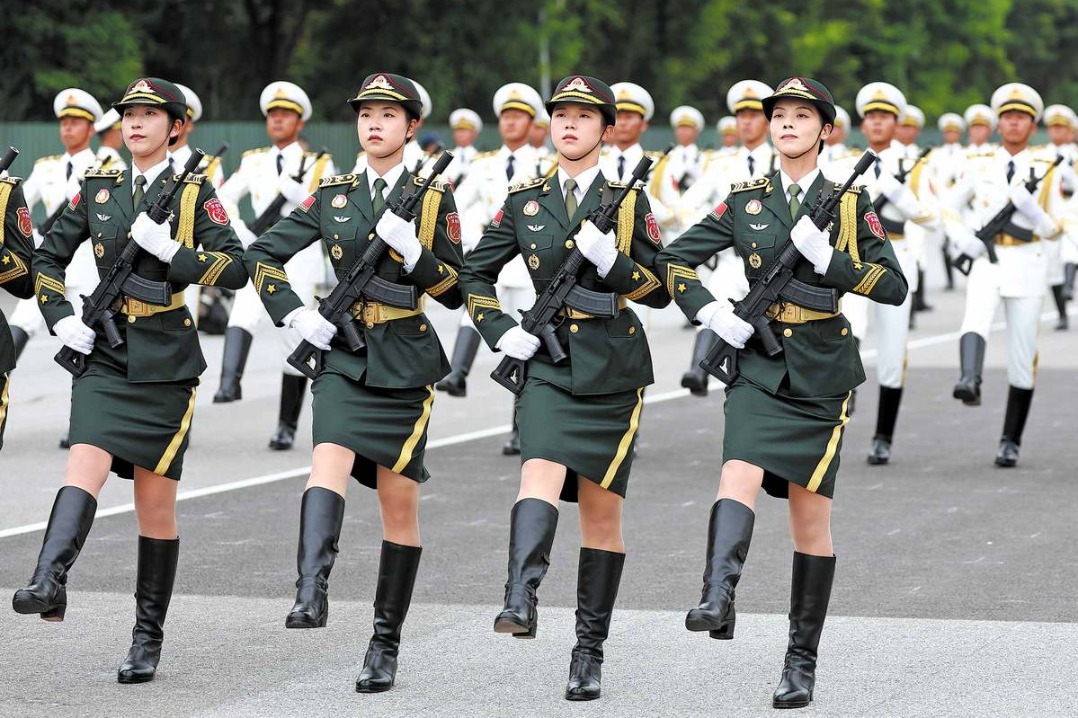Let finance sector serve supply-side reform

At the Fifth National Financial Work Conference in Beijing on July 14-15, President Xi Jinping emphasized three major financial tasks: making the financial sector better serve the real economy, preventing financial risks and deepening financial reforms.
Xi's emphasis on the financial tasks makes it even more important for China to deepen supply-side structural reform, which in turn can help reduce financial risks.
First, the development of the real estate sector and the real economy is far from harmonious. The major source of revenue for many local governments is the sale of land-use rights, and many local authorities regard "building houses" as the main mode of urbanization, which have resulted in an overheated real estate sector. And people's rising purchasing power due to high leverage has worsened this problem.
Second, the development of the real economy has not been satisfactory because of a lack of innovation and the frequent economic stimulation packages. These stimulation packages have resulted in overcapacity, which in turn has made returns on investments relatively low. Since the real economy is vital to a country's economic development and prosperity, the issue deserves greater attention from the authorities.
Despite the serious overcapacity in low-end industries, however, Chinese people's demand for high-end products can be hardly met by domestic enterprises. As a result, they have to buy foreign products. Since the economic development model in the past was focused on GDP growth, it failed to let market mechanisms, such as mergers and acquisitions and the bankruptcy law, play their full role. Without innovation, expansionary policies can hardly increase the production capacity in the short term, leading to higher commodity prices and spawning of similar production practices and ultimately overcapacity.
Third, over-financialization and overemphasis on the modern service industry have created a big problem. A country's currency, as a medium of exchange, should serve the real economy more than any other economic sector. But once a country's financial industry starts focusing on making money for itself, it will keep creating problems for the overall economy - we know the damaging role financial derivatives played in the 2008 subprime crisis in the United States, which led to the global financial crisis.
The development of the primary, secondary and tertiary sectors should be progressive, and it is impossible to create a mature modern industry based on undeveloped primary and secondary sectors.
Economic development is marked by scale and structural effects. Scale effect refers to expansion of capacity without a corresponding improvement in technology or the industrial structure, leading to limited economic growth. And structural effect refers to constant adjustments in the structure to create new economic growth engines, which is unlimited.
With China's economy stepping into the new normal and existing industrial spaces saturating, there is need to focus on structural adjustment.
The starting point and destination of the supply-side reform is structural adjustment, which requires a long time to achieve. China's strategic supply-side structural reform is on the right track. But it should be further deepened, because economic development is essentially driven by the supply side.
Since the supply side creates new economic growth engines through innovation, it can truly promote real economic development. Paying greater attention to the supply side could consolidate and further develop China's achievements at the macro level. Deepening the supply-side structural reform could vitalize the micro-economic sector, because supply is generated by enterprises. More important, the supply-side structural reform should promote innovation, which could eventually lead to economic prosperity.
The author is a professor of economics at Renmin University of China.

















